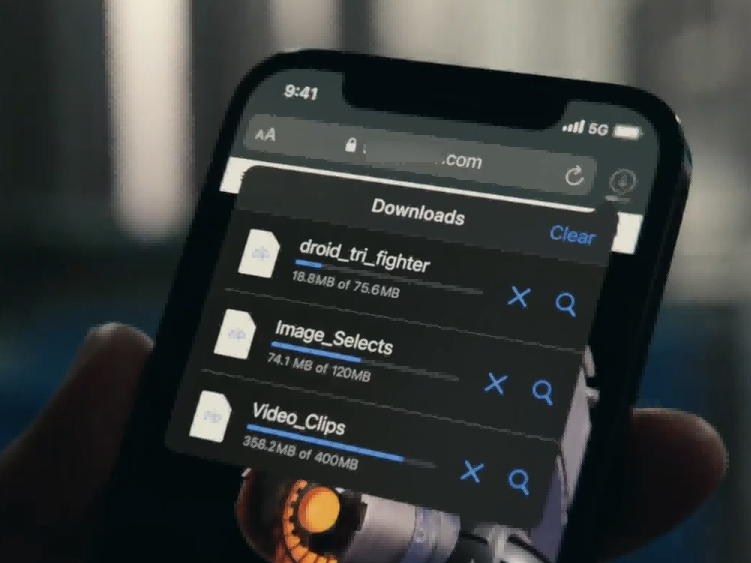Apple Low Power Mode: Does it Really Save Battery?
Apple’s Low Power Mode—sometimes called Low Battery Mode—is one of the most searched iPhone features. Many users wonder: Does Low Power Mode save battery? Does it actually work? And is it okay to keep Low Power Mode on all the time?
In this guide, we’ll break down exactly how Low Power Mode works, its pros and cons, and expert-backed recommendations for when to use it.

What Is Low Power Mode on iPhone?
Low Power Mode is Apple’s built-in battery-saving feature. When your iPhone battery drops below 20%, iOS prompts you to enable it, and the battery icon turns yellow. At 10%, you’ll receive another warning with a red battery icon.
Apple officially states that this feature works by reducing background activity and performance, extending usage time until you can charge your device.
In short: Low Power Mode does save battery—but with some trade-offs.
How Low Power Mode Saves Battery
To conserve energy, Low Power Mode temporarily changes how your iPhone operates:
- Limits ProMotion displays to 60Hz (less smooth scrolling).
- Disables 5G on iPhone 12 models.
- Turns off Background App Refresh.
- Lowers screen brightness.
- Sets Auto-Lock to 30 seconds.
- Reduces system animations.
- Pauses iCloud Photos syncing.
- Disables AirDrop, Handoff, and Continuity.
- Stops automatic downloads and Mail fetch.
- Reduces CPU performance by up to 40%.
According to Apple Support, these adjustments are temporary and automatically revert once Low Power Mode is turned off.
Downsides of Using Low Power Mode
While Low Power Mode works well to extend battery life, it has noticeable drawbacks:
- Performance loss (up to 40%) may cause lag in games or demanding apps.
- Visual experience is downgraded (lower refresh rate, fewer animations).
- Background tasks like syncing, downloads, and email fetching are paused.
- Certain features like AirDrop and iCloud Photos won’t function until it’s turned off.
Bottom line: Low Power Mode is highly effective, but not ideal for full-time use on newer devices.
Does Keeping Low Power Mode On All the Time Harm the Battery?
This is one of the most common concerns: “Does Low Power Mode damage iPhone battery health?”
The answer is no.
- Low Power Mode itself does not harm the battery.
- It simply reduces performance and background activity.
- Apple designed it as a safe, temporary way to extend usage.
Some gamers even keep Low Power Mode on to reduce overheating, though performance will take a hit.
How to Turn Low Power Mode On or Off
There are two ways to enable or disable Low Power Mode:
- Automatic prompt: iOS asks if you want to turn it on when your battery drops below 20%.
- Manual control:
- Go to Settings > Battery > Low Power Mode, or
- Add it to Control Center for quick access: Go to Settings > Control Center > Customize Controls → Add Low Power Mode.
Should You Keep Low Power Mode On All the Time?
There’s no single right answer—it depends on how you use your iPhone:
- Best for emergencies: When you’re away from a charger, Low Power Mode is a lifesaver.
- Not ideal for daily use on new iPhones: You’ll lose smooth visuals, background updates, and up to 40% of processing power.
- Helpful for older iPhones: If your battery is already weak, keeping it on more often can help stretch usage.
Expert Tip: If your iPhone battery health is significantly degraded, enabling Low Power Mode is only a short-term fix. Since batteries are consumables, the real solution is to replace the battery when it no longer holds charge efficiently.
Key Takeaways
- Does Low Power Mode save battery? Yes—it reduces power consumption and extends usage.
- Does Low Battery Mode work? Absolutely, though with performance limitations.
- Is it bad to keep Low Power Mode always on? No, it won’t damage your battery, but it limits features and speed.
Use it strategically: turn it on when you need extra hours of battery life, but don’t rely on it as a permanent solution.

